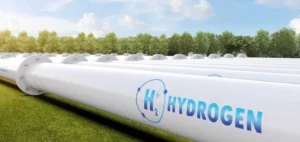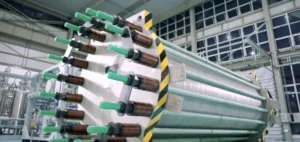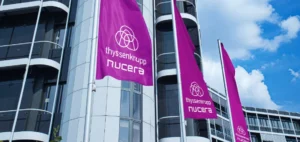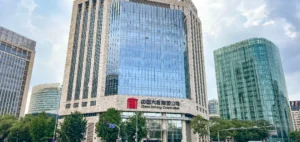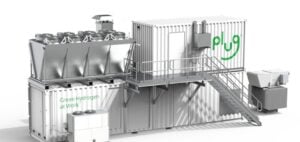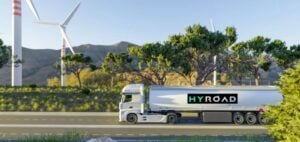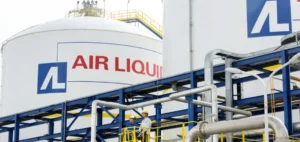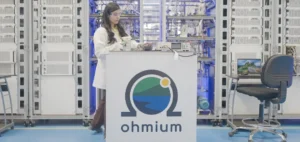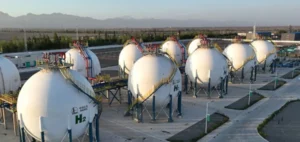Linde is investing $2 billion to build a blue hydrogen plant in Alberta.
The project will use natural gas as feedstock, with a carbon capture and storage (CCS) system to limit CO2 emissions. Linde, which will own and operate the facility, plans to capture more than two million tonnes of carbon per year, making it one of the largest clean hydrogen production units in Canada.
The site will supply hydrogen to Dow’s “Path2Zero” project in Fort Saskatchewan.
This long-term agreement supports Dow’s goal of establishing an integrated, net-zero emissions ethylene plant.
In addition to Dow, the hydrogen produced is expected to meet the needs of other industrial customers seeking to reduce their emissions.
Canada’s stakes in hydrogen exports
Canada is positioning itself to become a key player in low-carbon hydrogen, targeting markets such as Europe and Asia.
However, obstacles remain, particularly in the rail transport of ammonia, essential to the hydrogen supply chain.
The governments of Alberta and British Columbia, in collaboration with industry, are working to improve logistics infrastructure to support exports.
Supportive policies, including a $300 million trade corridor with Germany, demonstrate the country’s commitment to developing the hydrogen sector.
The current costs of producing hydrogen in Alberta by steam methane reforming, estimated at around 0.65 USD/kg without carbon capture, reflect increased competitiveness on the international market.
Costs and competitiveness in regional markets
Indicative bids for renewable hydrogen in Western Canada, notably in British Columbia, range from US$4.50 to US$5 per kilogram for the heavy mobility sector, with lower price projections thanks to Canada’s investment tax credits.
These competitive prices make it possible to target neighboring markets, such as California, which is showing strong interest in clean hydrogen.
Linde’s Alberta plant is scheduled to be operational by 2028.
This project could catalyze further investment, particularly in hydrogen transport infrastructure and CCS technologies, crucial to strengthening Canada’s position in the global hydrogen market.
The commitment of industry players is essential to navigate this rapidly evolving landscape.






